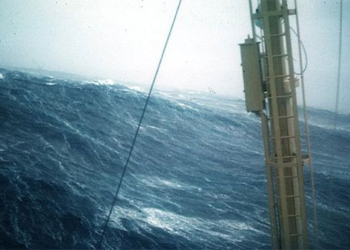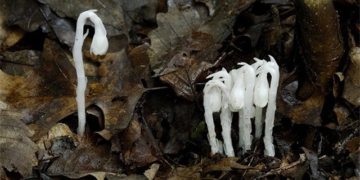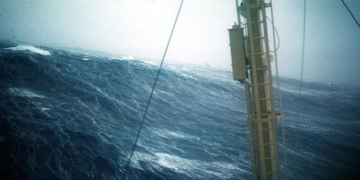In laboratories across Florida, USA, biologists are working to regenerate coral reefs to combat the significant decline in their populations due to disease.
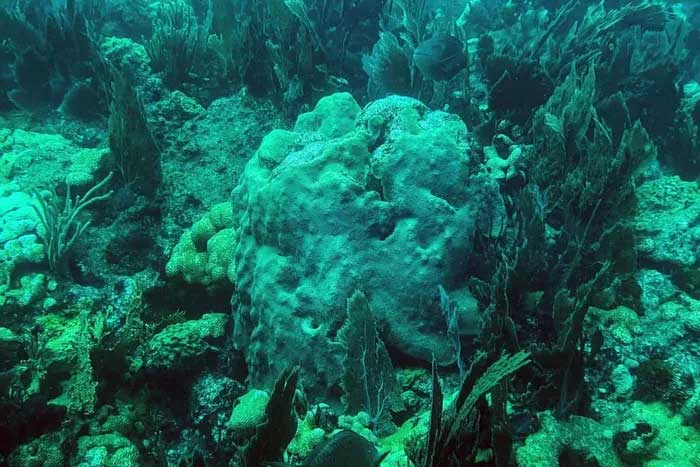
Coral in the Florida Straits near Key Largo is showing signs similar to the white plague disease identified in the 1970s. However, Stony Coral Tissue Loss Disease (SCTLD) first appeared near Miami in 2014. It has spread south along the Florida Keys and is now found in the Caribbean waters near South America. This disease causes corals to calcify and die.
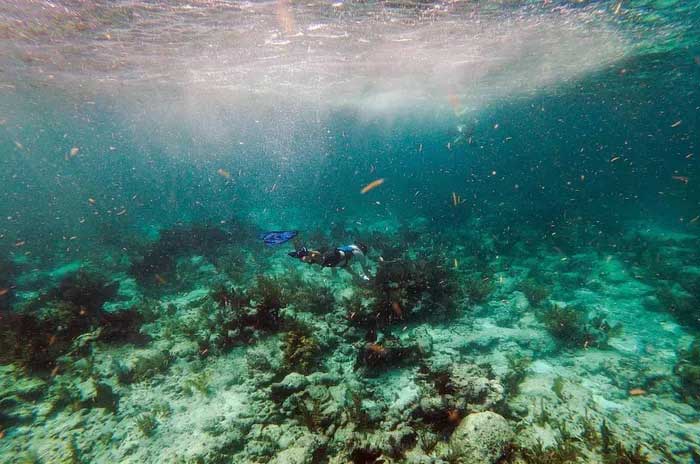
A diver is swimming among dead coral reefs in the Florida Straits near Key Largo. In an effort to protect corals from extinction, scientists are searching for species that can withstand harsh living conditions to preserve them by creating gene banks and breeding them.
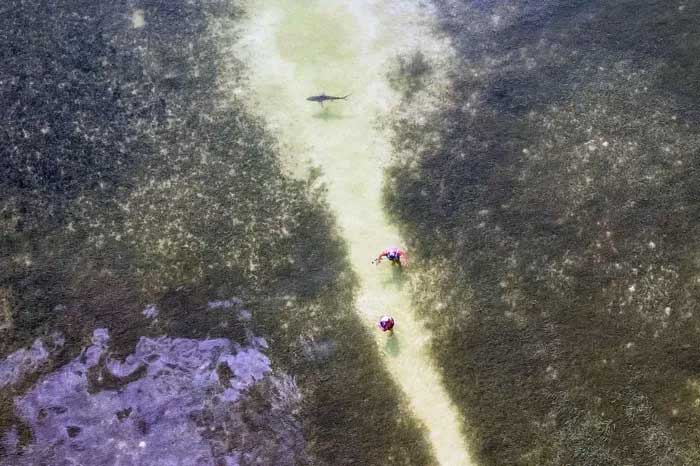
Many are concerned that the decline in coral populations will impact the region’s tourism industry.
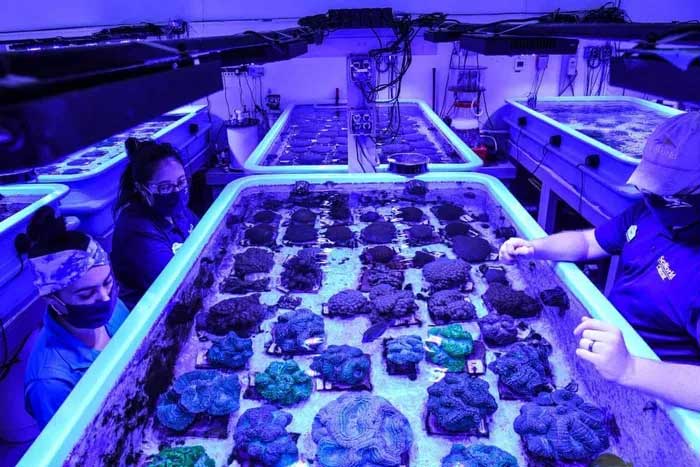
Biologists are collecting healthy coral specimens from affected reefs to care for them in saltwater tanks at 22 different locations, including the Florida Coral Rescue Center in Orlando.
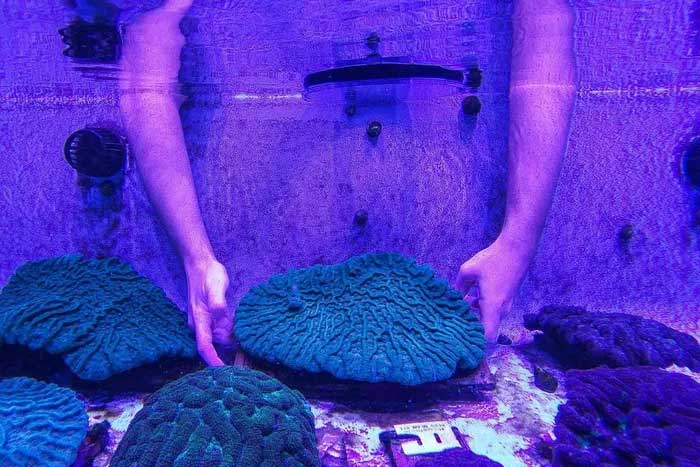
In efforts to cultivate coral species that can resist diseases and endure rising sea temperatures, researchers are working to understand the genetic capabilities of the rescued organisms.
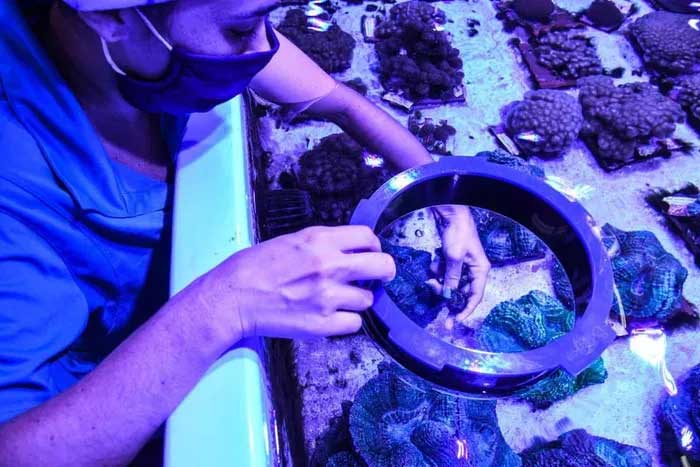
A 300-year-old giant coral offshore of Fort Lauderdale succumbed to SCTLD within just four months. As the disease spread south along Florida’s reefs, biologists quickly collected them from Dry Tortugas National Park and transferred them to nursery tanks to prevent the spread of SCTLD.
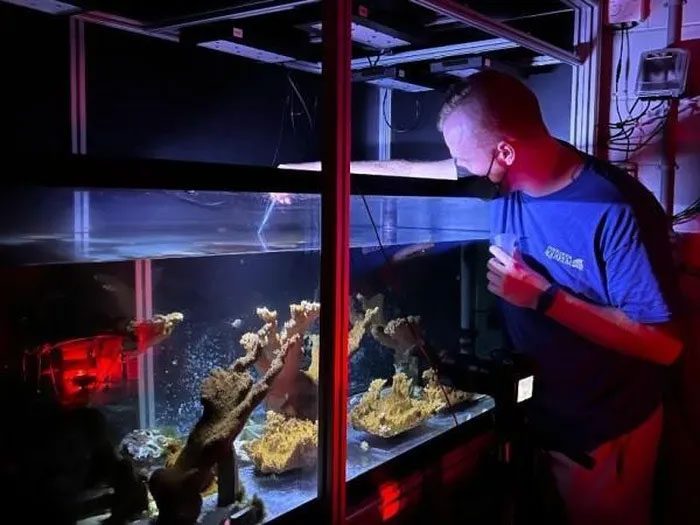
A researcher is working with newly spawned coral in a fish tank.

The proactive monitoring by scientists has helped prevent the decline of coral populations in Florida’s waters. By using amoxicillin antibiotics, which are believed to slow the spread of disease and increase the survival rates of corals.








































